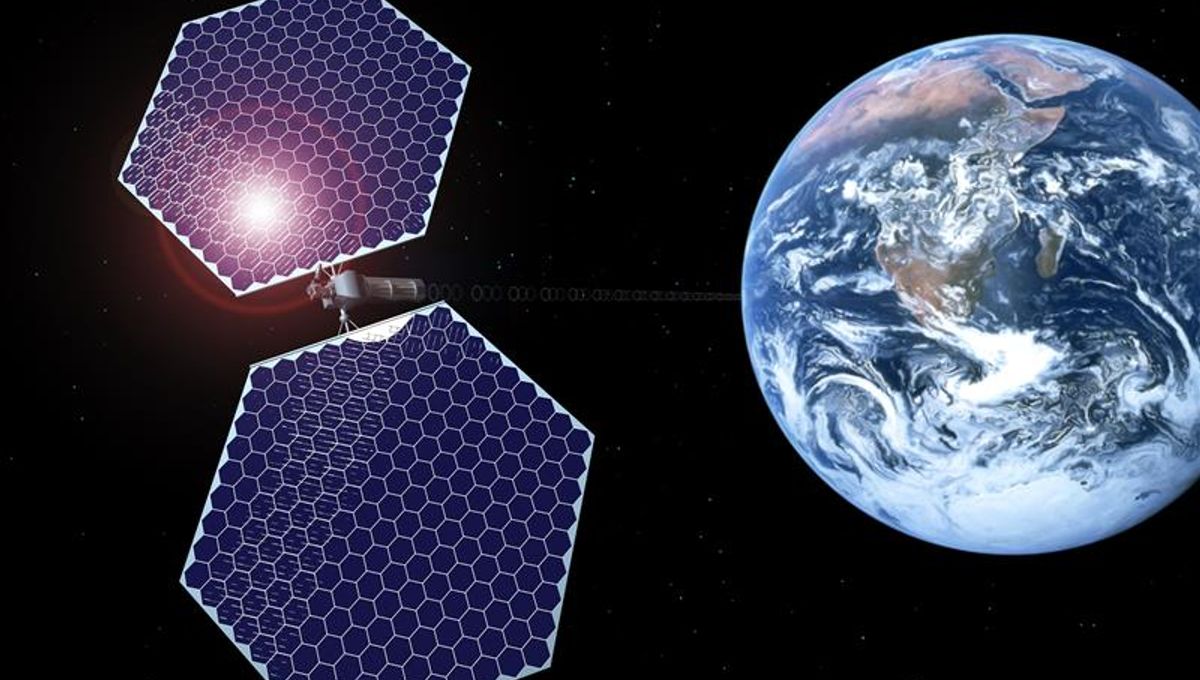UK-based company Space Solar is partnering with Reykjavik Energy and Icelandic sustainability initiative Transition Labs to develop a space-based solar power plant that can deliver about 30 megawatts of electricity – potentially enough to power between 1,500 and 3,000 homes – from 2030. The system will collect sunlight in space through solar panels and then transmit it as radio waves at a specific frequency to a ground station, where it will be converted to electricity for the grid.
The satellite is expected to be scalable and quite big. Even if a full version of their CASSIOPeiA power array is not built, we are talking about the heaviest single object in space that is not a space station, and when all the arrays are splayed out, much larger than the International Space Station.
The company aims to have a scaled-up version of the system in space by 2036, which would supply gigawatts of electricity.



So it could be testing the feasability of the next sattelite that will be a weapon with a different aperture size.